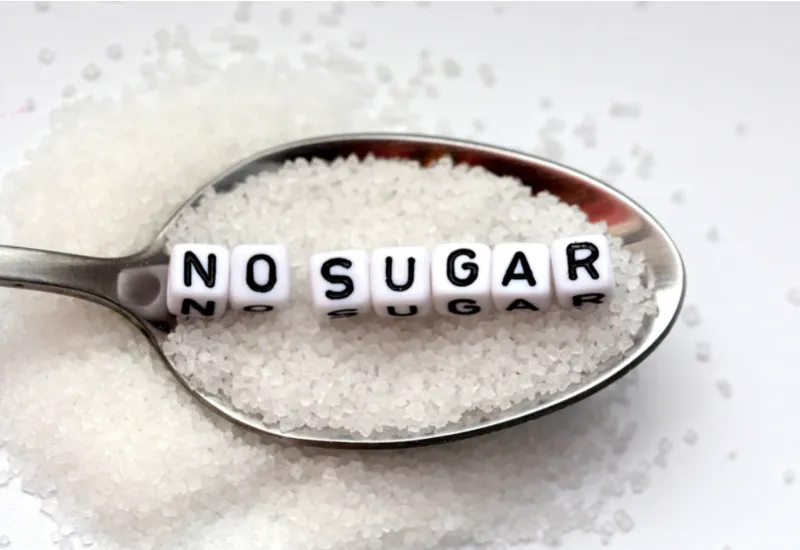There is nothing good about consuming sugar. It messes up many of your body functions and can even cause skin issues and headaches, among many other things. Obesity is something that too much sugar can give rise to, which in turn can give rise to many health complications. It also further increases heightened
blood pressure, increased
cholesterol, and impaired cognitive function.
It is difficult to get sugar consumption in control, but we must do it to get our health back in order. So how much is too much? According to health organizations, women shouldn't take more than six teaspoons of sugar in a day, and men should stick to less than nine teaspoons (about 36 grams). There is no one way of cutting back on sugar, and it is difficult, but taking small steps might be all the incentive that you need.
So how do you cut back on sugar, so you don't feel the need? Read on to find out.
Step 1: The first step is to cut down or your consumption of 'added' sugar. Added sugar is not the sugar that you're adding to some foodstuff yourself but something that has already been added to it, for example, in bread, cereal, salsas, nut butter, etc. You must read the ingredients and understand if there is any added sugar in a thing that you are buying. Then start strategizing as to how you will decrease its use gradually
Step 2: Once you know how much sugar a regular food item contains, you can start looking for alternatives that are not that high-sugar. You will soon discover that low-sugar food tastes quite good. However, that said, you don't need to completely stop eating food with high sugar.
Step 3: You can never go wrong with natural sweeteners such as honey or coconut syrup. They are much better than ordinary table sugar, nutritionally speaking, and they are sweet as well. As the sugar quantity they contain is trivial, this is also another interesting way to use less sugar in things. You can replace normal sugar with things like cinnamon, ground ginger, or pure vanilla extract. These things will remind you of sugar as they are normally used in sweet foodstuffs.
Step 4: It is better to cut down on sugar intake gradually as the opposite might not be that long-lasting. This gives the brain ample time to adapt to the new sugar norm. For example, if you’re used to taking two packets of sugar in your tea, start cutting it down to two and then one. It will not be as difficult to adjust in this manner.
Step 5: If you are one of those who crave something to eat/drink while reading a book, then you need to cut down on that. It is a bit difficult in the beginning, but the focus should be more on eating healthy, enriched foods with protein and fiber. As these nutrients do not digest too fast, they do not result in an abrupt rise and fall in the blood sugar. A sudden drop in blood sugar makes you feel hungry, which you then take care of with candy. Try to keep naturally sweet snacks, like fresh fruit, close by so you can grab them in case you feel hungry.
The above tips aside, you don't need to follow your strategies to the tee. You can make mistakes, and there can be a few slip-ups. If that ever happens, it doesn't matter. You should know how to get up and begin where you left. It can take around six months to make a new habit, according to experts. So just start again tomorrow as you cannot make a change in yourself if you give up on the first problem you face.












